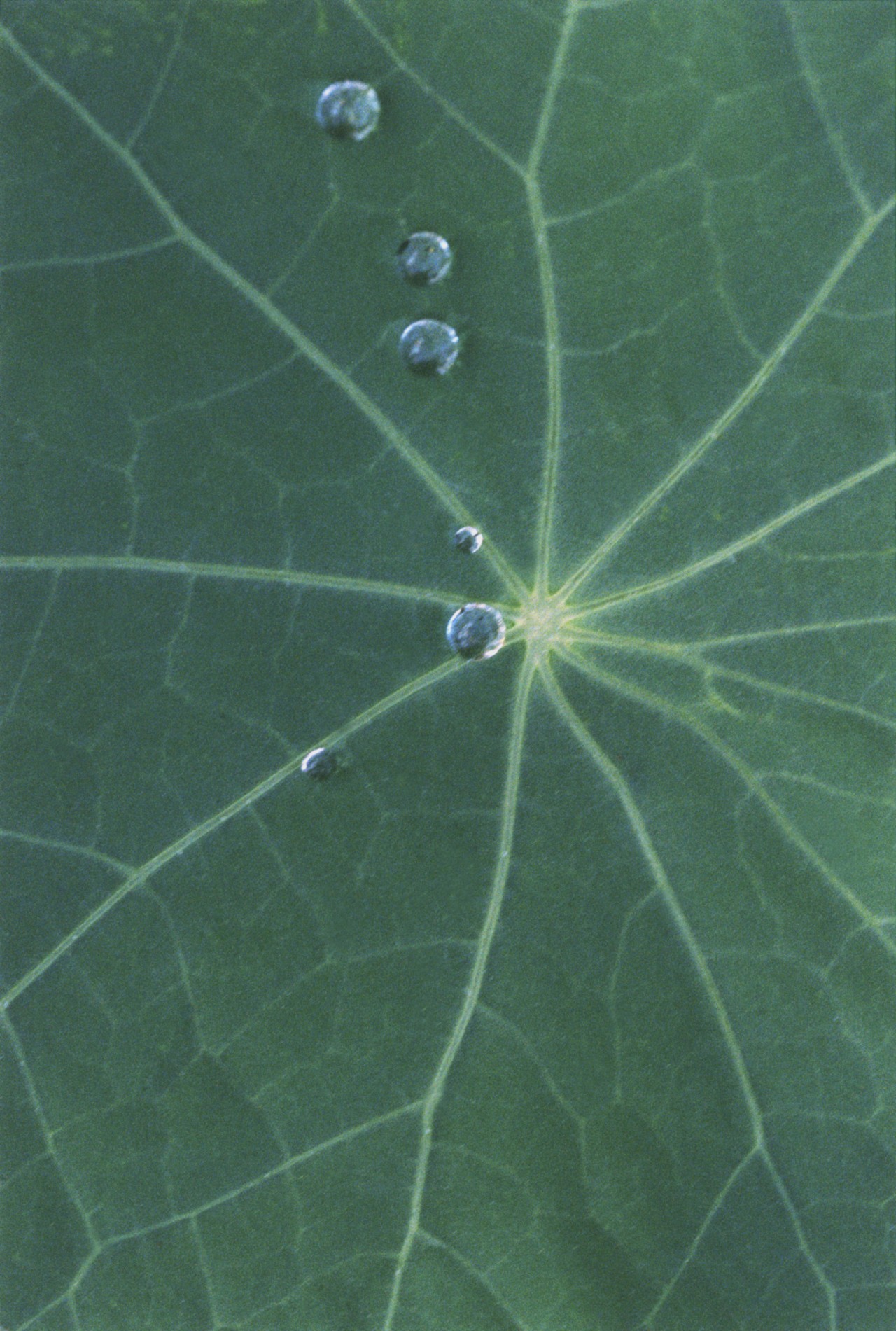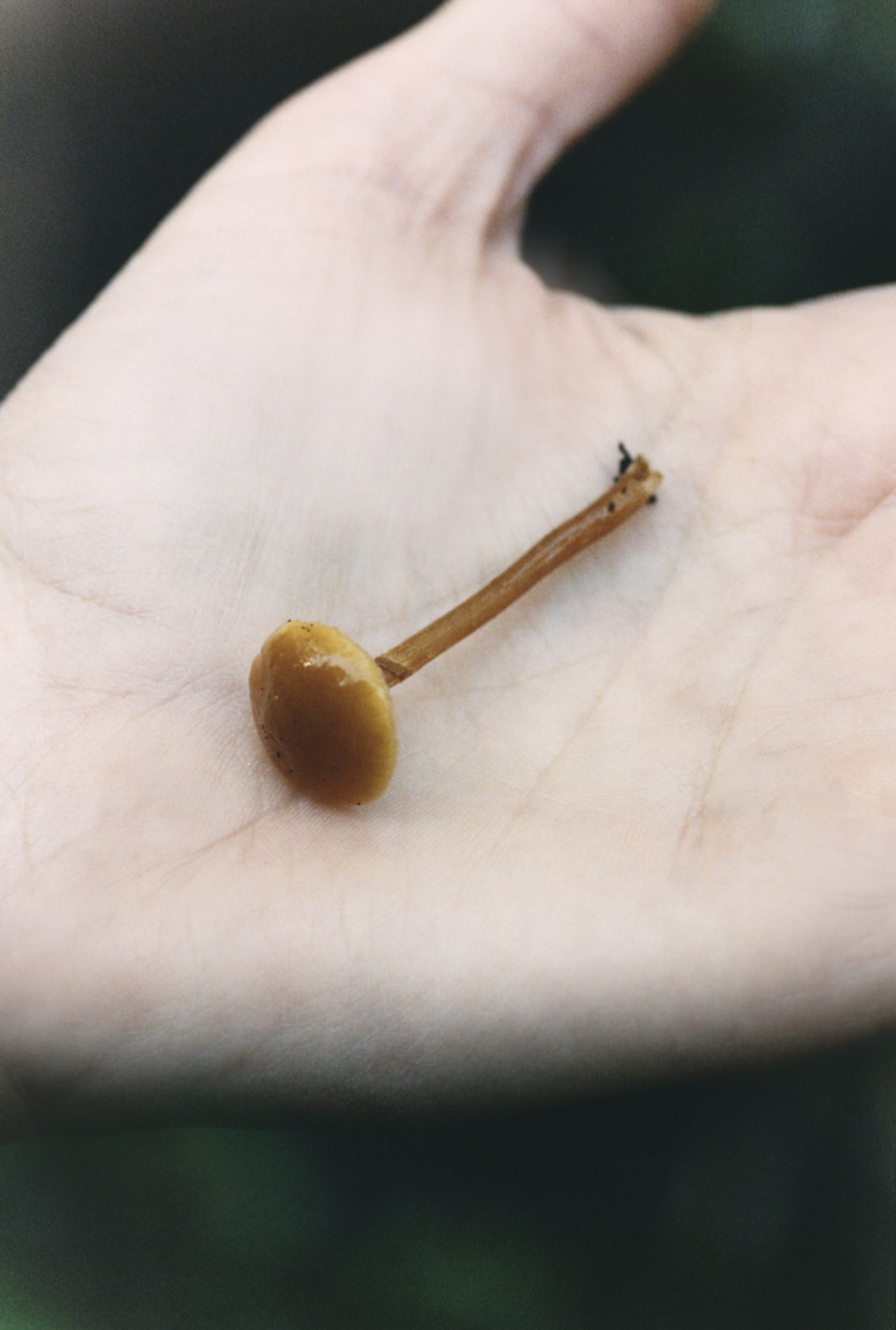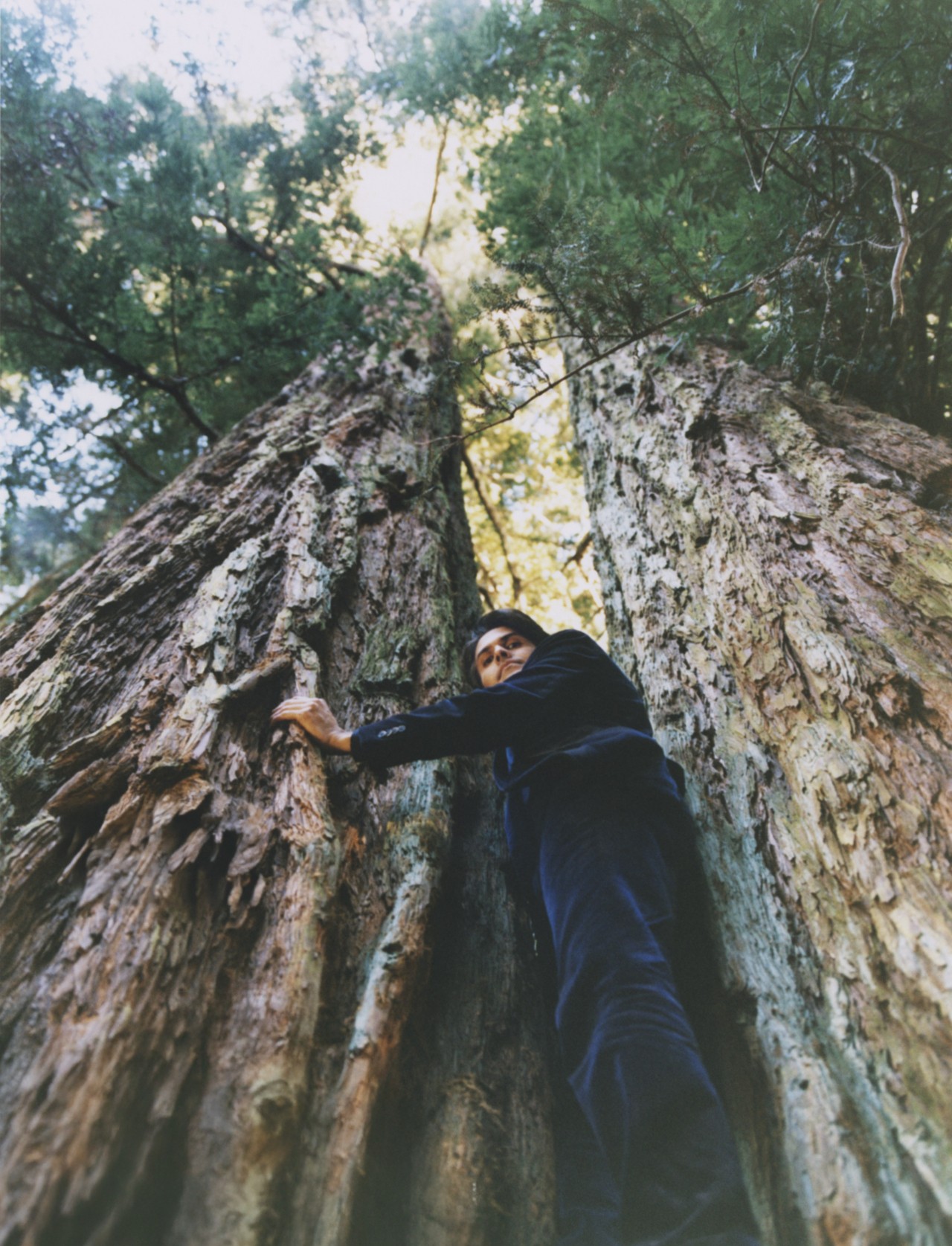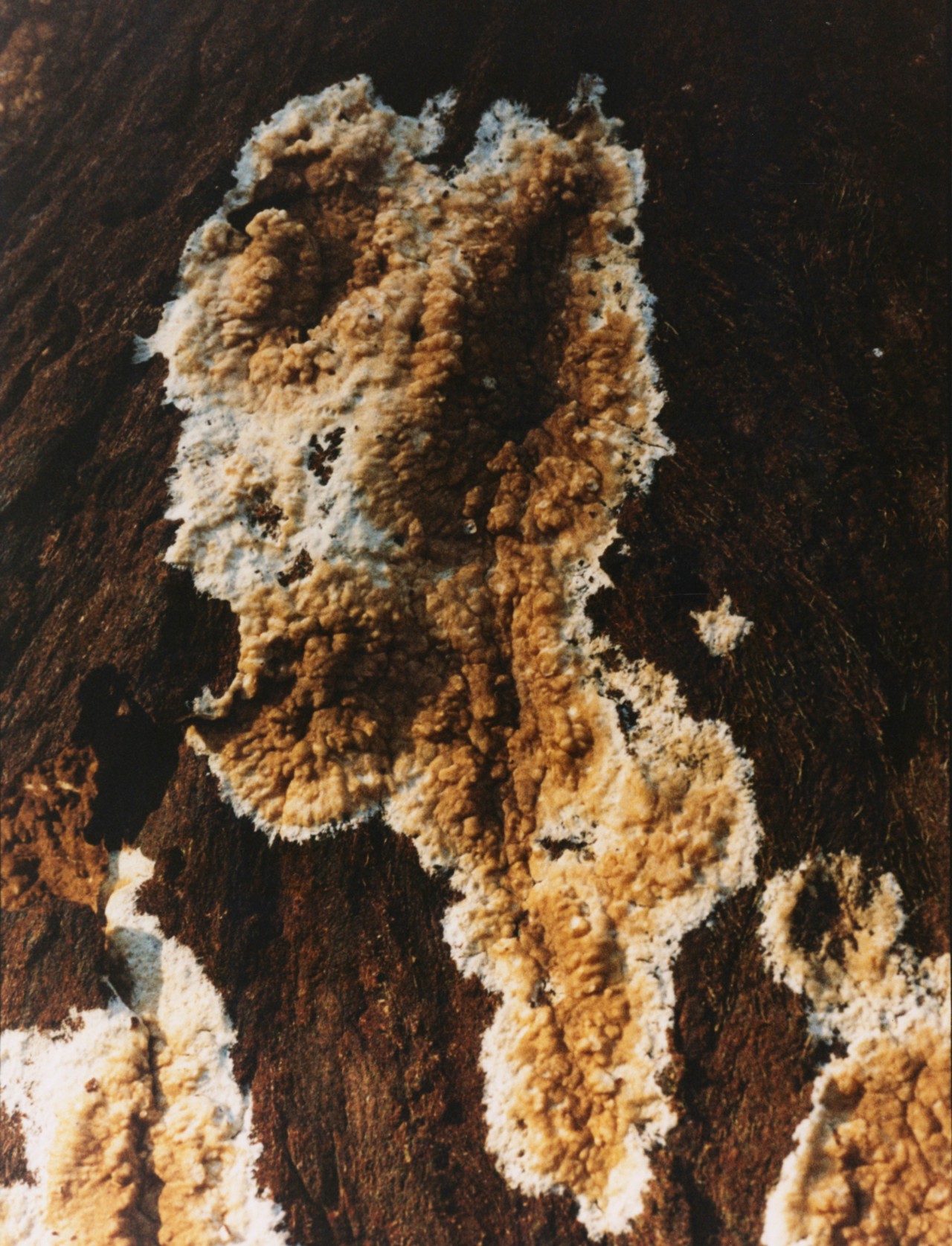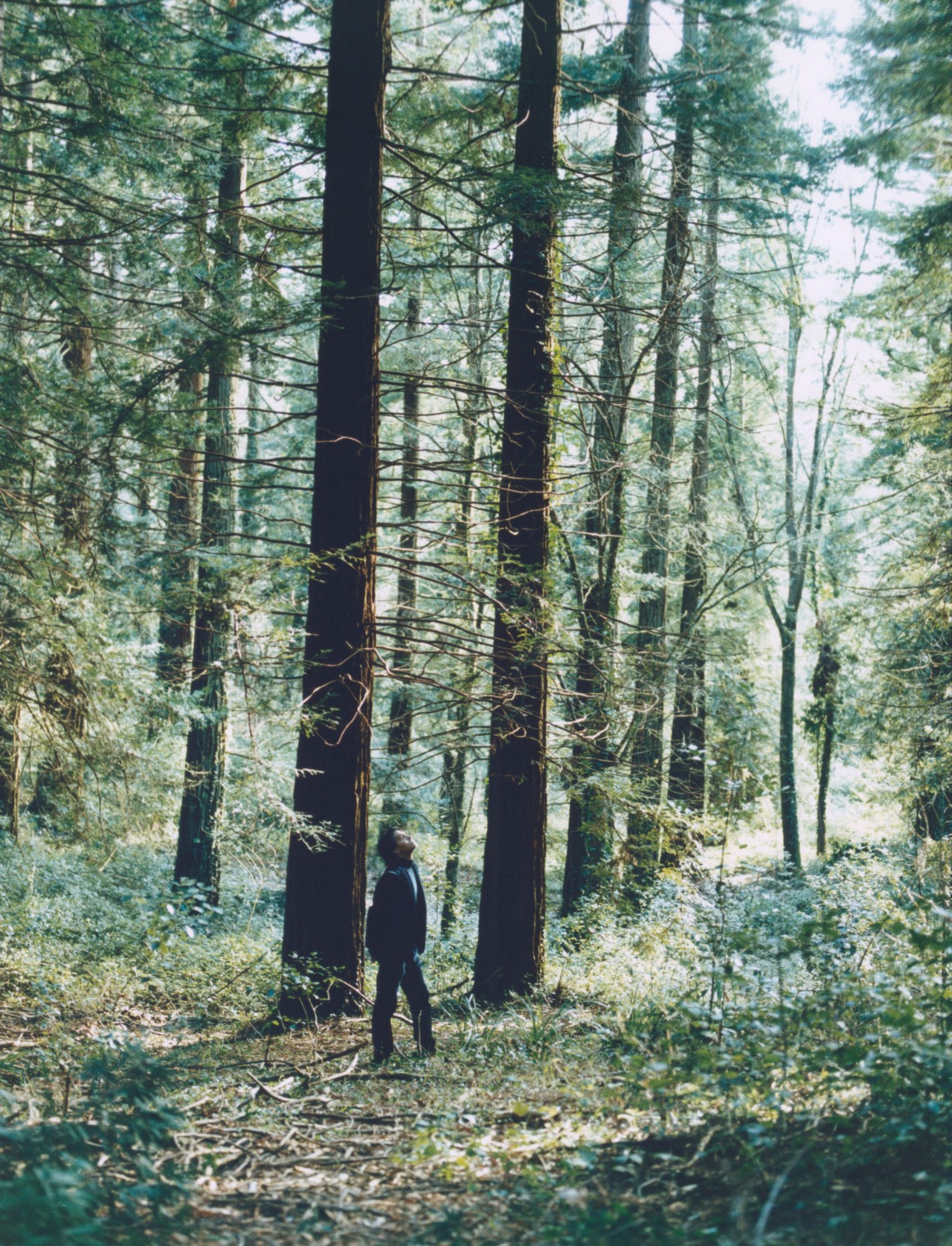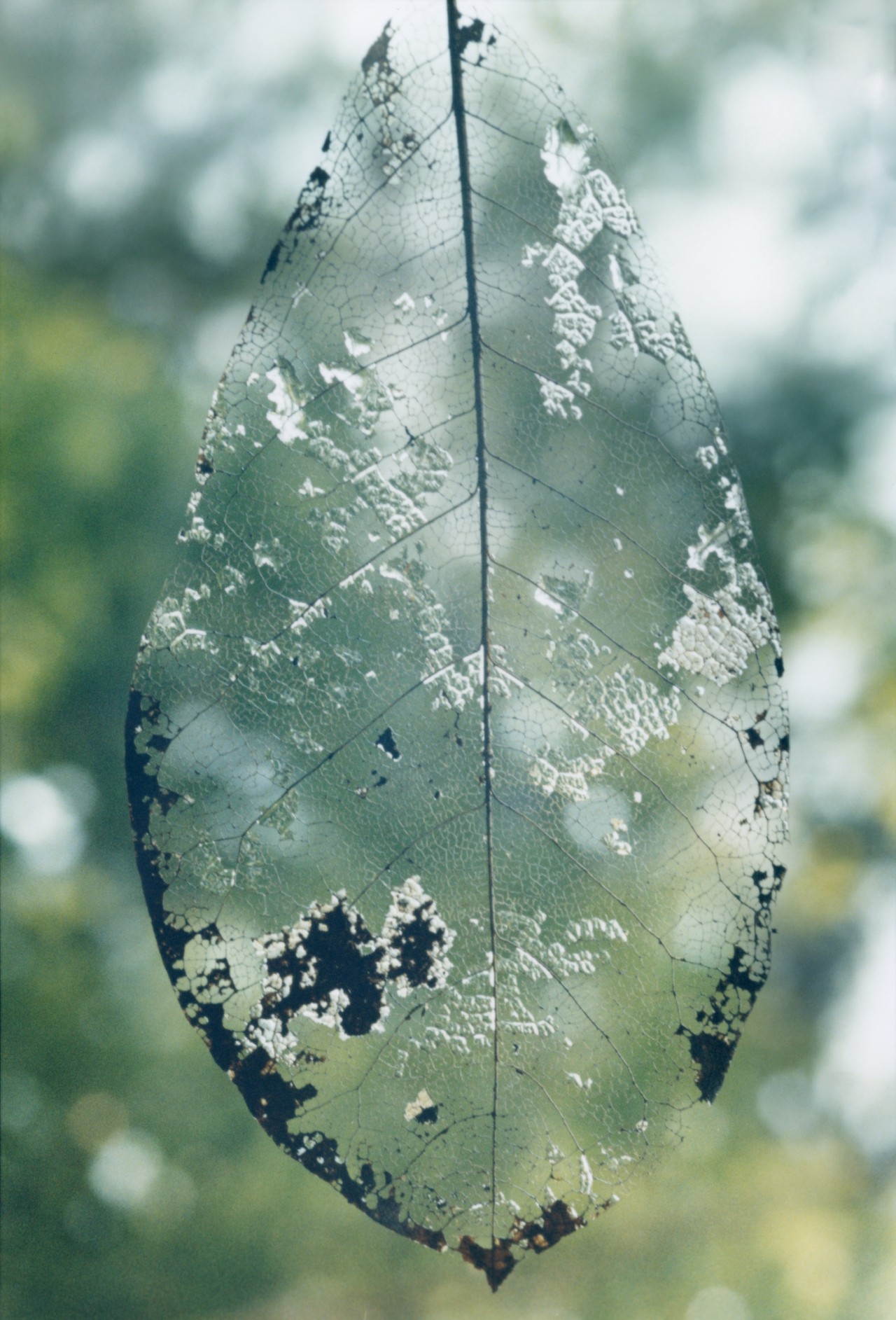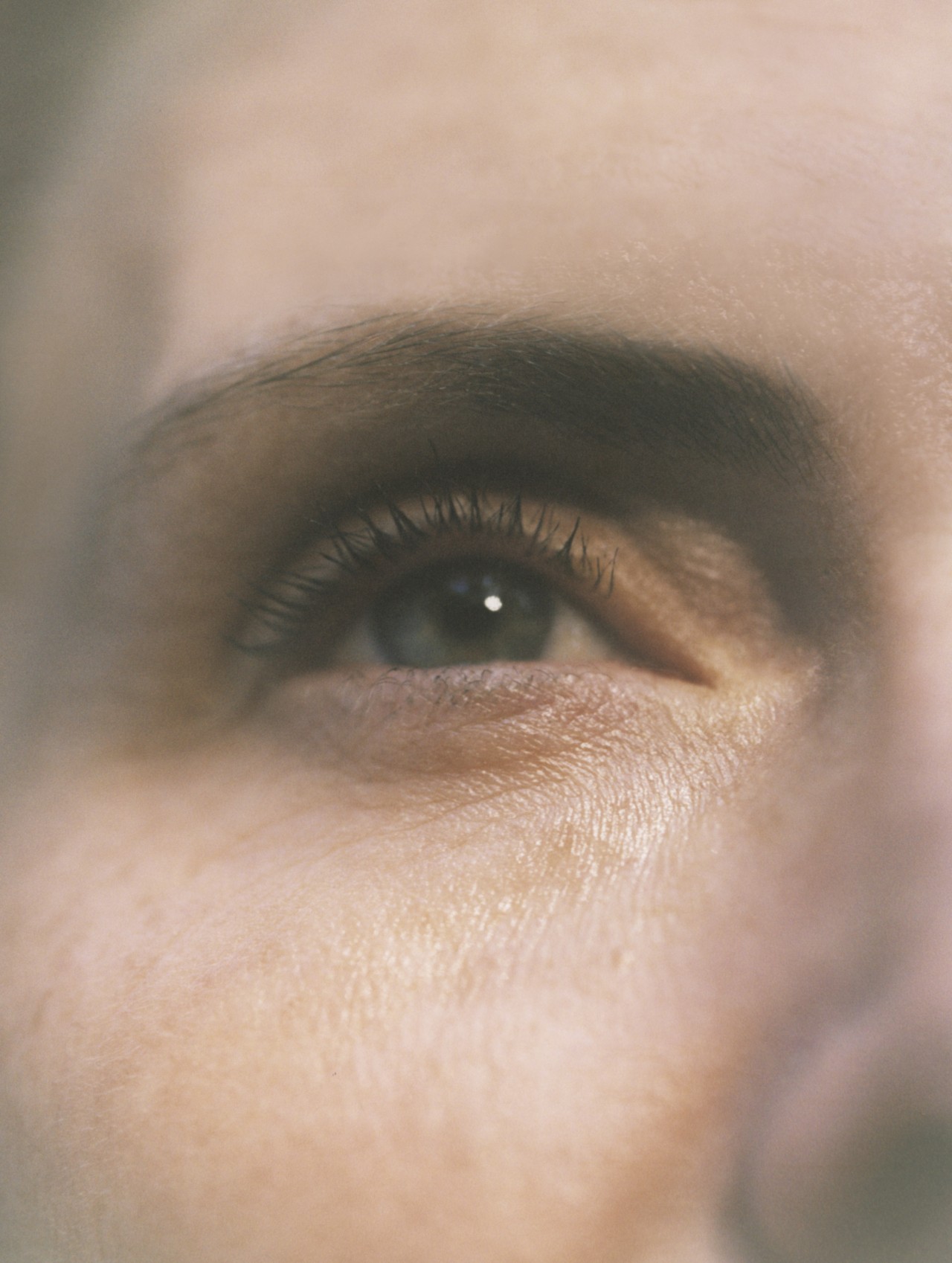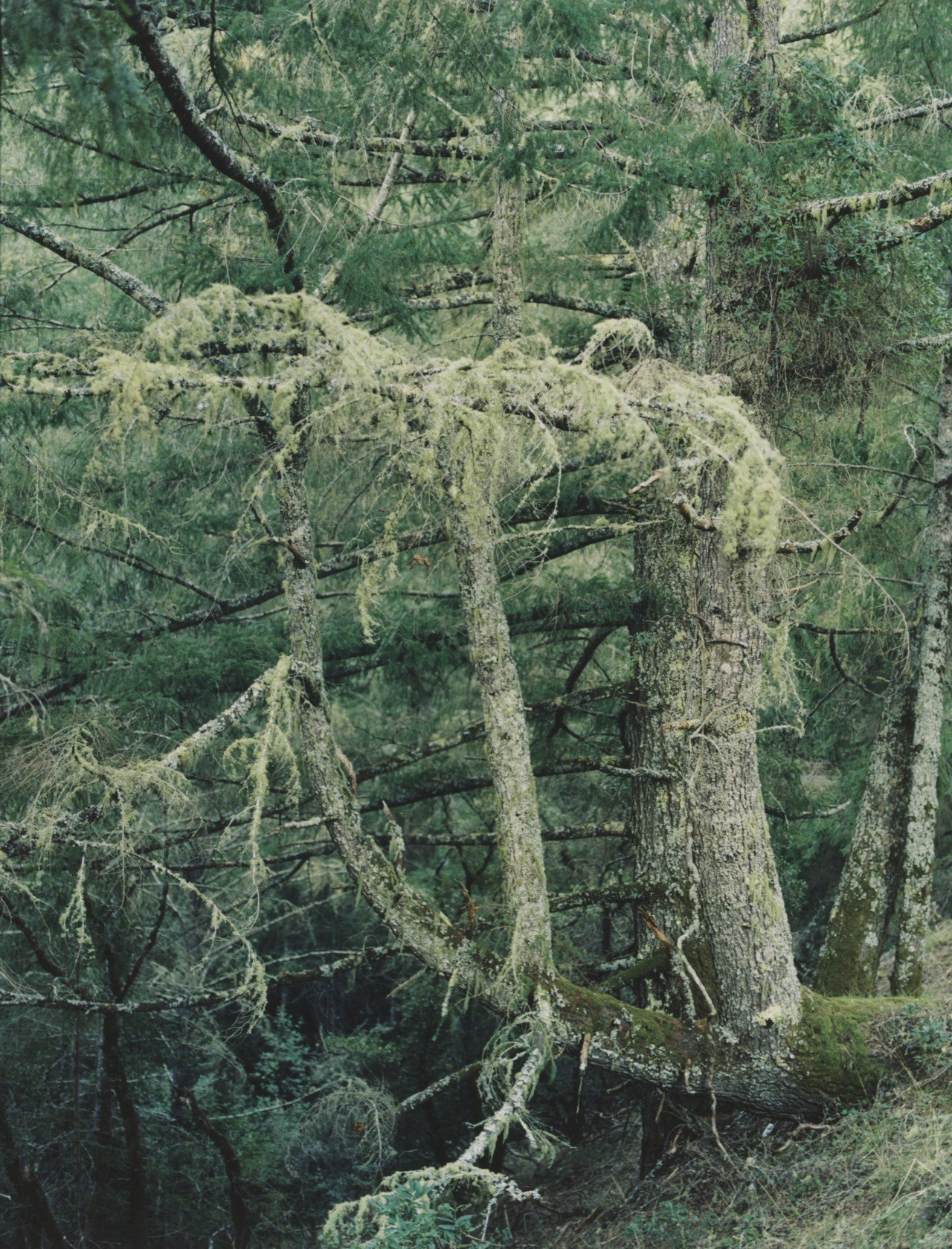
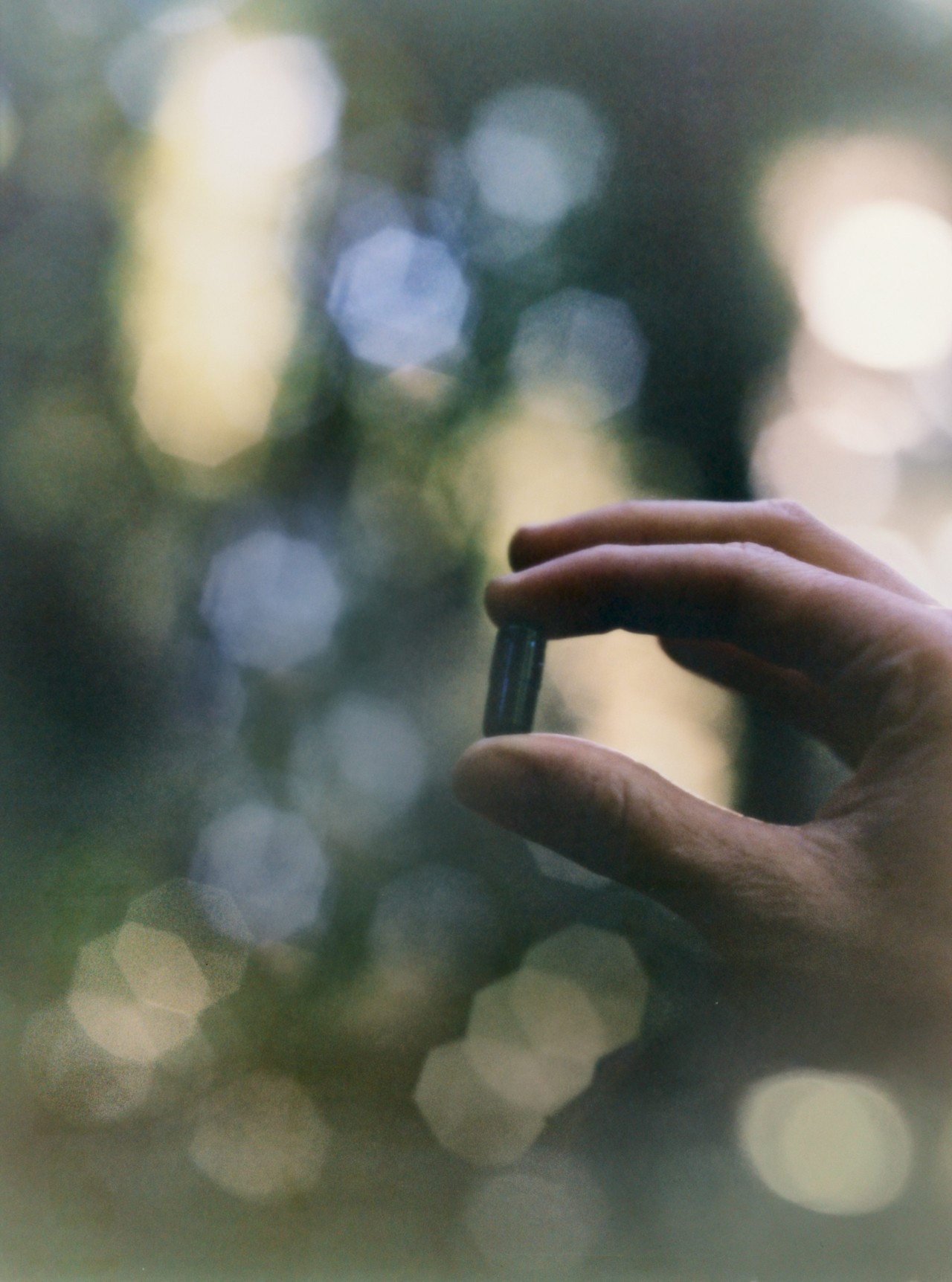
In partnership with Seed
You are human. As a human, your body contains around 37 trillion human cells. It also contains around 39 trillion microbes in what’s known as the microbiome: a collection of bacteria, viruses, and fungi that live inside and on your body and influence your health and behavior.
You aren’t just a human, you’re a biome—a collection of them, actually. Worlds within worlds.
Ara Katz and Raja Dhir are explorers on the frontier of these worlds. Having cofounded Seed Health, a microbiome science company, they’ve dedicated their lives to studying the role of the microbiome in human and environmental health. They’ve developed a host of biotics designed to transform human health from within, targeting myriad areas like digestive, immune, vaginal, cardiovascular, respiratory, nutritional, and skin health, and biological functions like sleep and energy regulation.
Katz and Dhir use the platform they’ve created to draw links between human and planetary health, too. Through their environmental research initiative SeedLabs, they are exploring the role that microbes can play in restoring and protecting ecological health—such as boosting honey bee resilience, breaking down plastics, and carbon capture—illuminating how even the smallest actors can impact large-scale change.
“We have these ecologies and microbiomes all over our bodies, and many of them are quite distinct,” Katz told me. “Seeing yourself as more than just your human self is a beautiful analogy for the way we want to see ourselves as part of a much greater ecology.”


Willow Defebaugh
Many of us live in cultures that are so individualistic. But understanding that we are individuals that are also made up of so many different microbial organisms and beings changes how we think about society and community. How can this shift our approach to understanding human health?
Ara Katz
The microbiome is fascinating because it represents an entire half of ourselves that we didn’t fully understand until recently. While we knew microbes existed, we lacked the technology to characterize their role in biological functions, systemic health, and even our organ systems. And until we had that understanding, we couldn’t truly care for this inner ecology.
What’s really beautiful is that this recognition now allows us to nurture it in ways we never could before, creating a new way of thinking about health. And even now, we’ve likely only scratched the surface of what’s possible. It’s an opportunity to see our bodies as ecosystems, deeply connected to a greater whole.
Willow
And the human microbiome is made up of 39 trillion different microbes.
Ara
That’s roughly one-to-one with the amount of human cells that you have in your body, which is really extraordinary. Of course, it’s not just the gut microbiome. We have these ecologies and microbiomes all over our bodies, and many of them are quite distinct. And so the idea of seeing yourself as more than just your human self is also a really beautiful analogy for the way we want to see the ecology of ourselves as part of a much greater ecology.
Willow
What we’re really getting at here is that everything is connected. You start looking at the microbiome, you start understanding our relationship to our environment. Something that’s often emphasized in your work is this link between human and planetary health. What led you to tackling both at once as opposed to treating one or the other in isolation?

Ara
I think our anthropocentric view has siloed the aspects and impacts of climate change environmentally, and I don’t think we’ve fully understood not just the loss of diversity in our microbiome, but the systemic, persistent exposure to the [degraded] environment that we’ve created through human activity.
One of our scientists who coined and developed the epithelial barrier theory talks a lot about the fact that there’s now about 250,000 compounds that human biology had never been exposed to before 1950. And you can track that to the rise of so many noncommunicable diseases and chronic health issues we are facing today.
What we see happening in the environment is happening inside of us. And I think that when you start to look at the impacts of these compounds and how we’ve created these built environments—we’ve created a world that’s fundamentally not built for our biology. When you ask us, “Why did you decide to do both [human and planetary health]?” I think for us, you couldn’t look at one without the other. One Health is the term that the WHO uses, which is meant to articulate that health is actually the health of all organisms.
Raja Dhir
Most of our environmental work is trying to correct for human-induced environmental damage. If you look at what’s causing the honey bee collapse, it’s neonicotinoid pesticides predominantly, which are what we use on our crops. If you look at what’s causing coral die-off, it’s human-driven changes to coastal ecosystems—shifts in water quality, habitat destruction, and littoral degradation. You can’t distance yourself from the impact that your species has on creating the problem.
Willow
You’ve compared overreliance on over-the-counter medication to treat health symptoms to only relying on carbon offsets to treat climate change. Can you share more about that?
Ara
We tend to be short-term thinkers, and quick fixes are often a byproduct of that—of non-systemic, short-sighted approaches to health. We don’t always have the answers, and we certainly don’t have all of them now. But the ability to understand what we couldn’t before empowers us to make choices that support our internal ecology, rather than just treating symptoms.
Willow
At Atmos, we treat the climate crisis as a symptom of a relationship with the natural world, of seeing ourselves in isolation. Speaking of, I’d love to talk a little bit about SeedLabs. I’m wondering if you can share some of how your work is connected to broader ecological restoration efforts.


Raja
SeedLabs really was founded as the vehicle to interface with ecosystems more broadly. We started with the thesis around species protection, soil health, air quality, mitigating the impact of human damage to the environment, but all through the lens of microbes—what microbes can do, how those microbial ecologies work, and how bringing these advancements in microbiome science and technologies can actually extend to the environment.
Our first project at SeedLabs was focused on honey bees. Our first chief scientific officer was an expert in a type of bacteria called Lactobacillus. Honey bees have a very specific type of microbiome, because they have a much smaller gut. So in their hindgut, they discovered an organism called Lactobacillus kunkeei, and they found that this organism does something called detoxification of xenobiotics. Xenobiotics are foreign compounds that enter the body.
The most common pesticides are neonicotinoid pesticides, and they’re highly addictive. So much so that when you give honey bees the option to drink water with glucose or fructose, or water that’s laced with neonicotinoid pesticides, by choice, they’ll go back to the water with pesticides. That has a disorienting effect on the brain. The honey bees get disoriented and can’t find their way back to the hive. And so this research showed that actually these Lactobacillus organisms bind to and expel these pesticides before letting them enter into the bees’ circulation.
The second finding was about young honey bees. In the first few days of life, they can suffer from a very severe infection of the hive. It’s called the foulbrood disease. This is something that’s so destructive that if it’s found, honey cultivators are advised to torch the entire hive out of fear that it might spread. But what we found was that when given a probiotic, the resistance of the young bees to this pathogen was tremendous. This two-part mechanism, all through a native organism found in the honey bee, was tremendously exciting. We’ve done about four randomized controlled field trials since we started this, across three different continents, and published all of our results.
Our second project in SeedLabs is looking at coral ecologies. Coral, the animal, requires its microbiome or its accessory organisms to basically produce food. This project started with a very interesting and provocative finding, which is that there was a specific type of Hawaiian coral, which despite rapid changes in the pH and water temperature around it, was able to keep its microbiome intact while all the other coral around it bleached. Our collaborators started to look at and interrogate these organisms, adding research groups from many different marine environments, from Brazil to Australia to Saudi Arabia. And they found that to be able to give this as a probiotic back to these organisms in tank-controlled trials, you can increase their resistance to changes in pH and also to temperature by over two degrees Celsius. That presented a tremendous immune benefit.
Plastics are something else that we are particularly passionate about. I believe in the next three years, we’re going to produce more single-use plastics than the entirety of plastics produced in history up to this day. These plastics are very difficult to break down. And in fact, when they get to the level of the nanoplastic, they’re virtually impossible to detect. So microplastics break down, nanoplastics accumulate, and across the spectrum of life, these particles exist in heavily disruptive sizes. 0.1% of the human brain by dry weight now is estimated to be plastic. Microplastics were found in 103 out of 103 semen samples amongst males in China. I mean, they’ve now been found in glaciers that actually existed before modern human civilizations. And so we can’t really hide from it. What do we do about it?
Microbes may be one solution to break that down. Some organisms have the ability to metabolize polymers that are very similar to the types of plastics. And so we’ve also been investigating that within SeedLabs.

Willow
The flip side of understanding that all of our problems are connected is that solutions are connected as well. So much of the work that you were sharing that SeedLabs is doing really illustrates that. How can transformation at a small scale, even a microscale, lead to larger-scale transformation?
Raja
We’ve never overemphasized what one person could do with their limited agency. But I think the sum of the parts starts to resemble something that looks like a movement. It may have to get a little bit worse before it gets better. But I think that the counterweight of our parents’ generation destroying the environment and thinking from a human-first lens is starting to culminate into something that’s actually quite the opposite. It’s quite inspiring.
Willow
Perspective is infectious.
Ara
I always think about Frank Luntz during—I believe it was the second Bush administration. The reason we use the term “climate change” came out of focus groups where they were looking for a more palatable term than “global warming.” And it was recommended by Frank Luntz, a wordsmith who helped create the lexicon for many administrations and corporations, crafting language to soften how issues were perceived. For many, many years, I would say he used his superpower––understanding how words shape people’s actions––for harm.
A few years ago I was at TED, and he gave a talk about how he wants to use his superpowers now—and he actually realizes the impact of the work that he was tasked with. Two words, right? Moving from “global warming” to “climate change” has shaped action, has shaped policy, and I would argue, has deeply impacted our world.
That was obviously done to make global warming more palatable to the public and minimize fear. But I feel very confident today, particularly with the democratization of voices and that everybody has access to speak out, about the change that can be shaped really quite quickly. People talk about the negative aspects of algorithms, and there are many. But the beautiful thing is when you hijack these tools for the perspective that will serve us in the longer term, it’s an opportunity to shape the language, which I believe also shapes action.
Willow
And you really give people a new language for talking about human health, since storytelling is such an important part of what you do as well.
Ara
When you change language, you change action.


Makeup Céleste Switala Photo Assistants Jill Schweber and Tiziana Aleotti
This interview has been edited for length and clarity.
This story first appeared in Atmos Volume 11: Micro/Macro with the headline “Seeding Change.”
Seeding Change: Welcome to the Microbial Revolution
